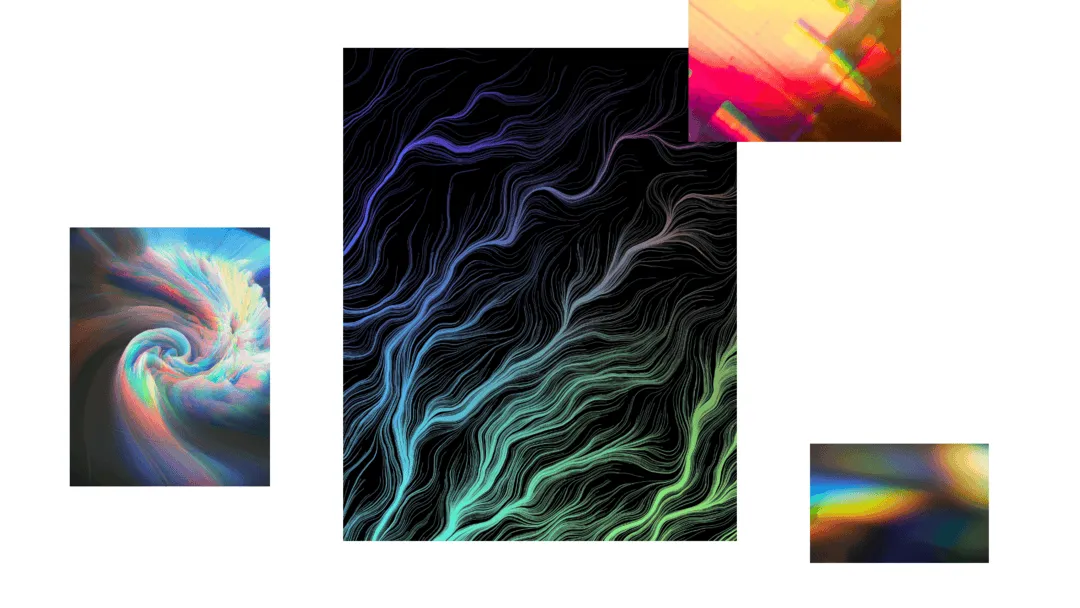How can AI best serve your aspirations? Let's explore together.

We are a team of engineers and researchers working on generative AI.
We help companies plan-prototype-build-scale-deploy cutting edge products efficiently.
We build tools and products to accelerate work flows.
We write about our science & engineering journey and share our findings.
#research #engineering #strategy
Applying AI to industrial problems is challenging. We want to connect the latest research with engineering best practices to turn moonshot ideas into reality.
Reach out to us or set up a time
to chat.
We genuinely look forward to co-creating with you.